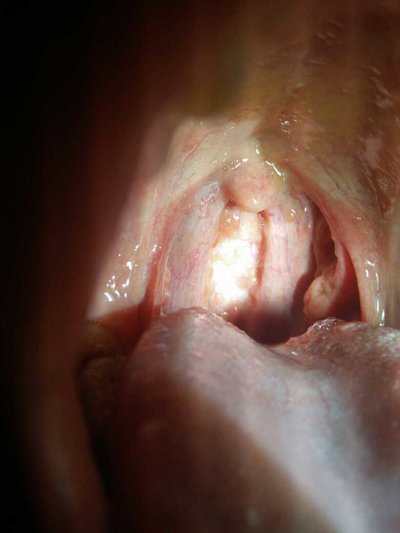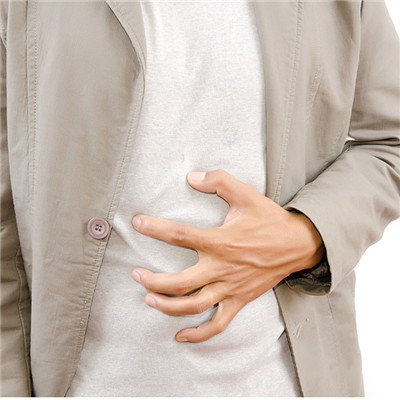Symptoms and signs of Parkinson's disease
summary
Parkinson's disease has some common symptoms, which may occur in both early and late stages. After Parkinson's disease, almost all patients will have body tremor. This normal phenomenon can be tremor of hand and finger joints, tremor of upper or lower limbs, tremor of trunk, head or lip. In fact, Parkinson's disease is also known as tremor paralysis. The main feature of this disease is that when the patient's body is still, he can't help shaking.
Symptoms and signs of Parkinson's disease
When Parkinson's disease is in the advanced stage, it will affect the muscles of the throat. At this time, the tension of the muscles of the throat will increase, and there will be ankylosis, which makes the voice of Parkinson's patients become particularly low, and sometimes they will salivate involuntarily.

With Parkinson's disease, especially in some advanced patients, even the eye muscles will be stiff. Once this happens, the eye movement of patients will become very slow. In the eyes of outsiders, Parkinson's patients often present a state of gaze, and sometimes it is difficult to swallow.

Of course, Parkinson's disease patients in addition to the body can still tremor, there will be other symptoms. For example, people with this disease will have a rise in muscle tension throughout the body. This disease can lead to muscle rigidity. Will make the patient trunk and limbs muscle tension increased, resulting in limb stretching difficulties.

matters needing attention
People with Parkinson's disease usually have difficulty in exercising in the late stage, which is mainly due to the autonomic nerve dysfunction caused by Parkinson's disease, which will slow down the patient's daily activities, such as turning over to get up, walking upright, or wearing clothes and combing hair.













